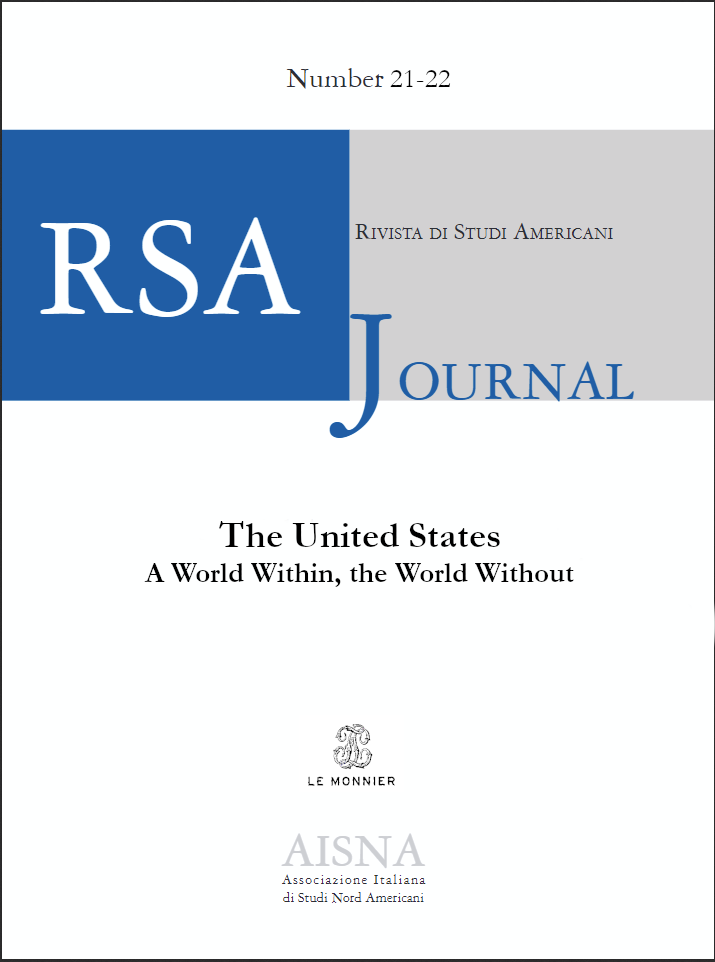“From the Writings of Aubépine”
Metafiction in Hawthorne and Hoffmann
DOI:
https://doi.org/10.13135/1592-4467/8732Keywords:
metafiction, limitation of narration, comparative literatureAbstract
Through a comparative analysis of Hawthorne’s tale “Rappaccini’s Daughter” from 1844 and two of the German romanticist E.T.A. Hoffmann’s most famous fantastic tales, “Der goldene Topf” (1814) and “Der Sandmann” (1816), the present study examines the stylistic and thematic affinities between the works of the two authors. The first part of the essay illustrates the limited extent of scholarship pointing to this transatlantic connection, while the second part presents a comparative analysis of the three tales with focus on thematic and formal similarities. A major parallel theme is the problem of distinction between real and imaginary, expressed both thematically and formally through ambiguity and indeterminable, limited perception. The protagonists and the narrators prove themselves to be unreliable, consequently producing a disorienting and uncanny reading experience. This study discusses how this effect on the reader in turn indicates the limited capacity of the narration itself to convey a true and distinct version of reality. In the last and more extensive part of the essay, this theme of the limitation of narration is approached from yet another angle: the literary technique of metafiction employed, albeit in different manners, in all the three tales.
Downloads
Published
Issue
Section
License
RSAJournal applies a CC BY-NC-ND license to all its contributions. This license enables reusers to copy and distribute the material in any medium or format in unadapted form only, for noncommercial purposes only, and only so long as attribution is given to the creator. CC BY-NC-ND includes the following elements:
- BY: credit must be given to the creator.
- NC: Only noncommercial uses of the work are permitted.
- ND: No derivatives or adaptations of the work are permitted.
Authors who publish with this journal agree to the following terms:
- Authors retain the copyright and full publishing rights for their submissions to the journal.
- Authors grant the journal right of first publication with the work simultaneously licensed under a Creative Commons Attribution-NonCommercial-NoDerivatives 4.0 International License that allows others to share unedited work for non-commercial purposes with an acknowledgement of the work's authorship and initial publication in this journal.
- Authors are able to enter into separate, additional contractual arrangements for the non-exclusive distribution of the journal's published version of the work (e.g., post it to an institutional repository or publish it in a book), with an acknowledgement of its initial publication in this journal.




